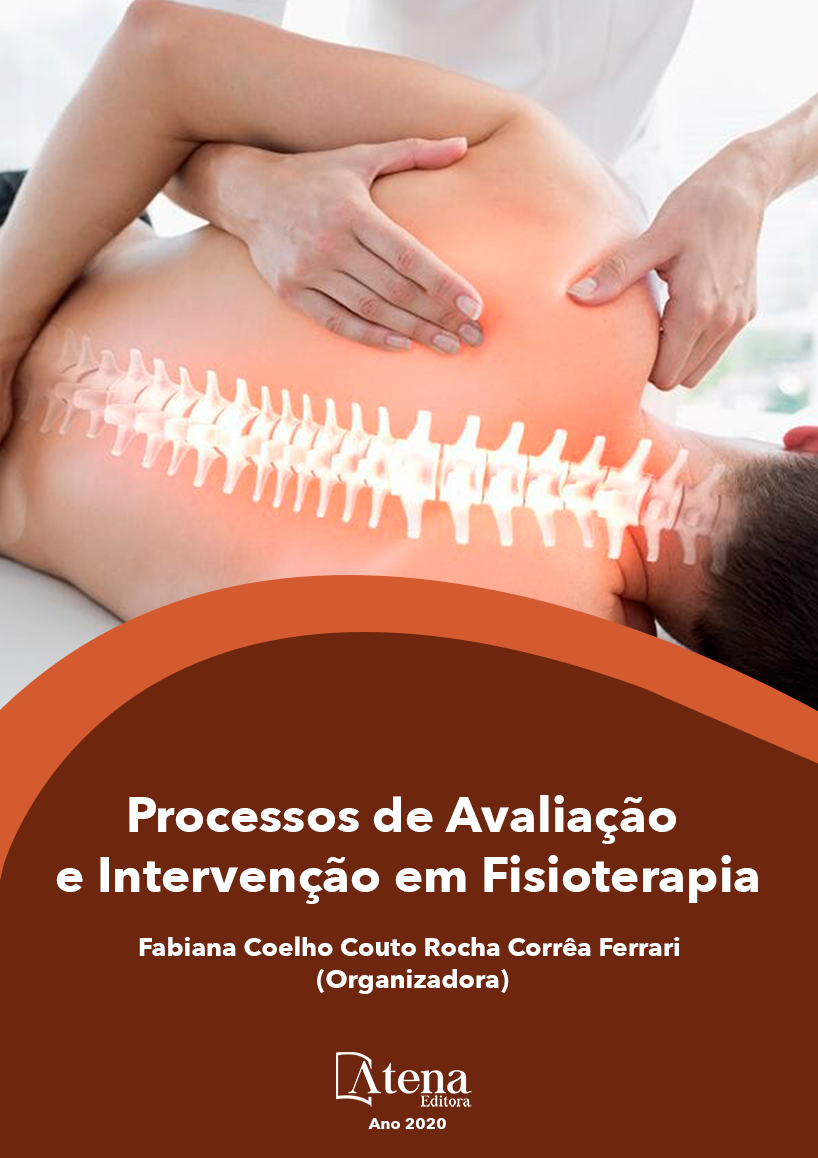
BENEFÍCIOS DE 12 SEMANAS DE TREINAMENTO AERÓBICO EM PACIENTES EM TERAPIA RENAL SUBSTITUTIVA
A Doença Renal Crônica (DRC) gera alterações fisiológicas favorecendo a deficiência funcional, a baixa tolerância ao exercício e ao condicionamento físico, levando o indivíduo ao sedentarismo. O objetivo do presente estudo é verificar os benefícios do exercício aeróbico durante a hemodiálise, analisando o índice de dor e esforço pré e pós-intervenção. Participaram 15 pacientes com DRC, em tratamento dialítico em um hospital mineiro, durante 12 semanas (24 sessões) com 36 minutos de duração. Incluíram-se indivíduos em processo dialítico, que não apresentavam fístulas em membro inferior, com idade entre 18 a 64 anos, de ambos os sexos, e que não apresentavam nenhuma incapacidade ou contraindicação à prática de exercício físico. Utilizou-se o Inventário Breve de Dor para mensurar a intensidade da dor e seu impacto na vida do paciente. Para avaliar o esforço realizado durante o exercício foi utilizado variáveis como pressão arterial, frequência cardíaca, saturação e escala de percepção de esforço. Os índices vitais pré e pós-intervenção não mostraram alterações. Constatou-se melhoria nas variáveis “sem dor”, “dor leve”, “dor moderada” e “dor intensa”. Todas as facetas do domínio Interferência da dor apresentaram melhoras no pós-teste com correlação estatisticamente significante (p≤0,05), exceto para a faceta habilidades de caminhar que apesar de apresentar melhorias não apresentou significância estatística. Conclui-se que o treinamento aeróbico aplicado durante a hemodiálise proporciona melhoria nos aspectos físicos e na dor, assim como no estado geral desses pacientes com DRC.
BENEFÍCIOS DE 12 SEMANAS DE TREINAMENTO AERÓBICO EM PACIENTES EM TERAPIA RENAL SUBSTITUTIVA
-
DOI: 10.22533/at.ed.6292026054
-
Palavras-chave: Diálise Renal. Mialgia. Esforço Físico. Exercício
-
Keywords: Renal Dialysis. Myalgia. Physicaleffort. Exercise
-
Abstract:
The Chronic Kidney Disease (CKD) generates physiological changes favoring functional impairment, low exercise tolerance and physical fitness, leading the individual to sedentary lifestyle. To check the benefits of aerobic exercise during hemodialysis, analyzing pain index and pre-and-post intervention effort. Participated 15 CKD patients undergoing dialysis treatment in a Minas Gerais hospital for 12 weeks (24 sessions) lasting 36 minutes. We included individuals in the dialysis process, who had no lower limb fistulas, with aged between 18 and 64 years, of both sexes, and who had no disability or contraindication to physical exercise. The Brief Pain Inventory was used to measure pain intensity and its impact on the patient's life. To evaluate the effort performed during exercise, variables such as blood pressure, heart rate, saturation and effort perception scale. The vital index pre-and-post intervention showed no changes. Improvement in the variables “no pain”, “mild pain”, “moderate pain” and “intense pain” were found. All facets of the Pain Interference domain showed post-test improvements with a statistically significant correlation (p≤0.05), except for the walking abilities facet which, despite presenting improvements, did not present statistical significance. It is concluded that aerobic training applied during hemodialysis provides improvement in physical aspects and pain, as well as in the general condition of these patients with CKD,
-
Número de páginas: 15
- Franciele Marfisa de Paula Santos
- Gisélia Gonçalves de Castro
- Hélcio Balbino dos Santos
- Juliana Gonçalves Silva de Mattos
- Adriana Nunes de Oliveira
- Giselia Gonçalves de Castro


